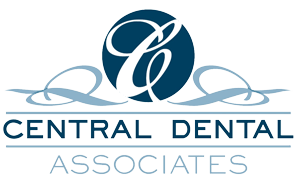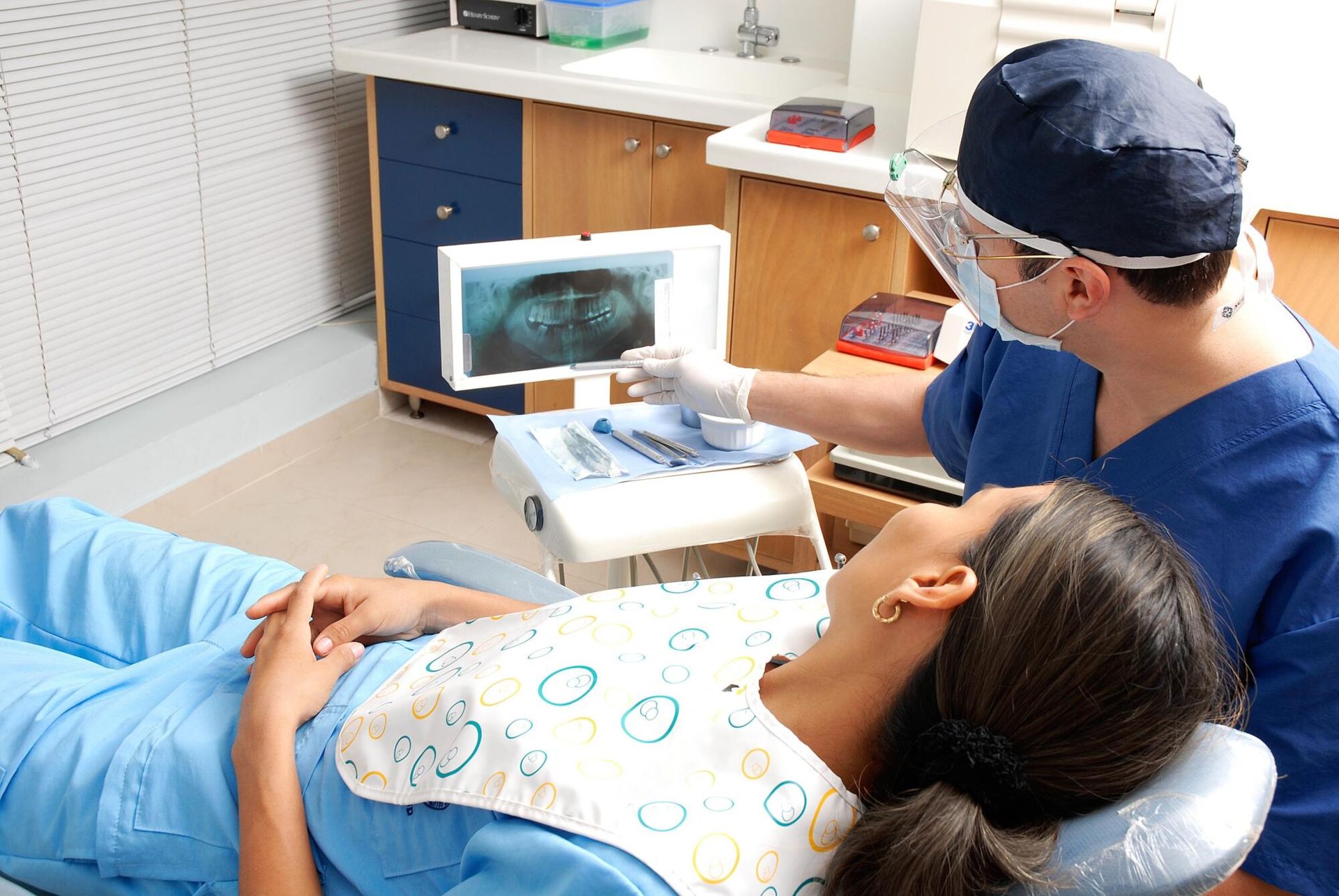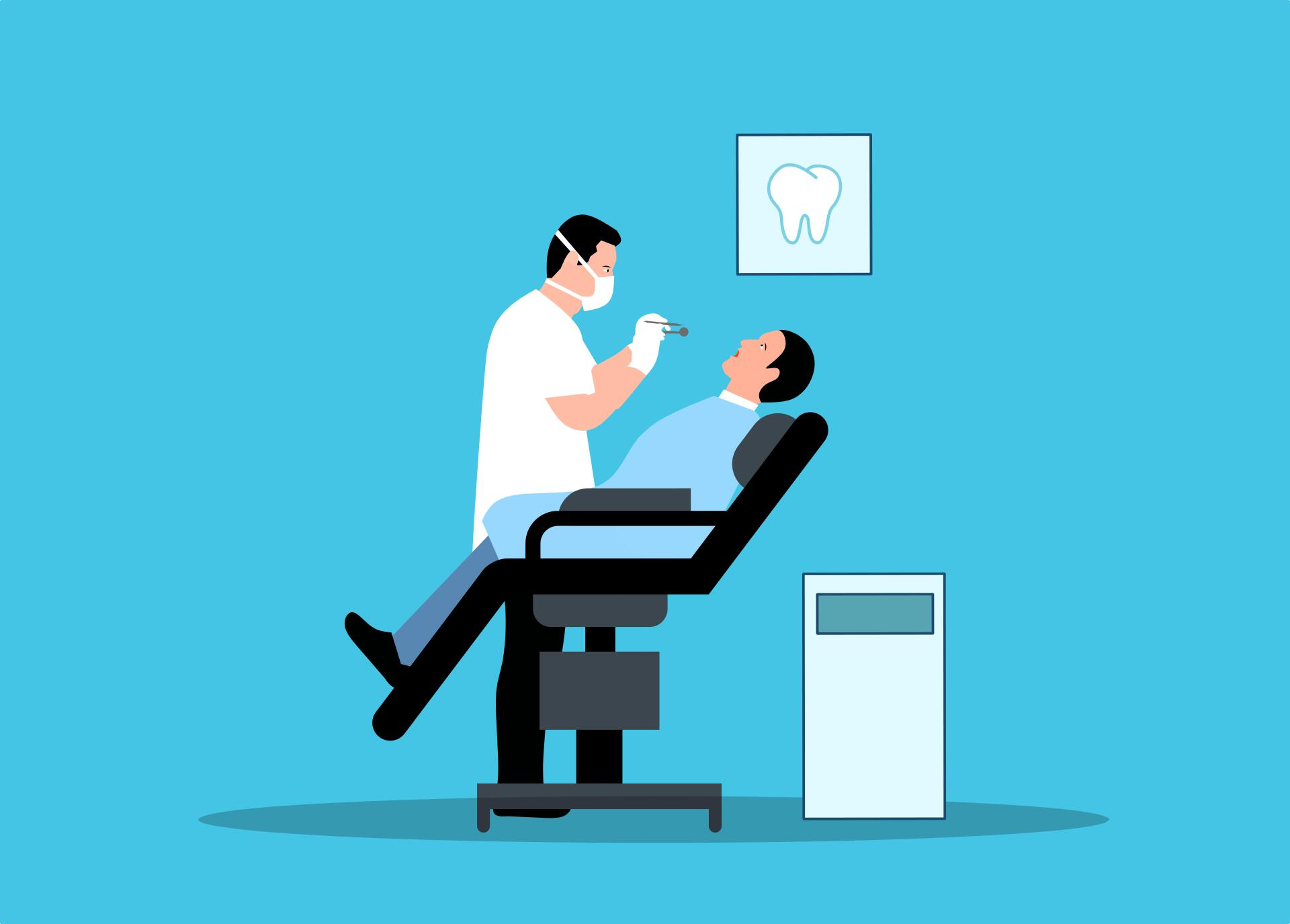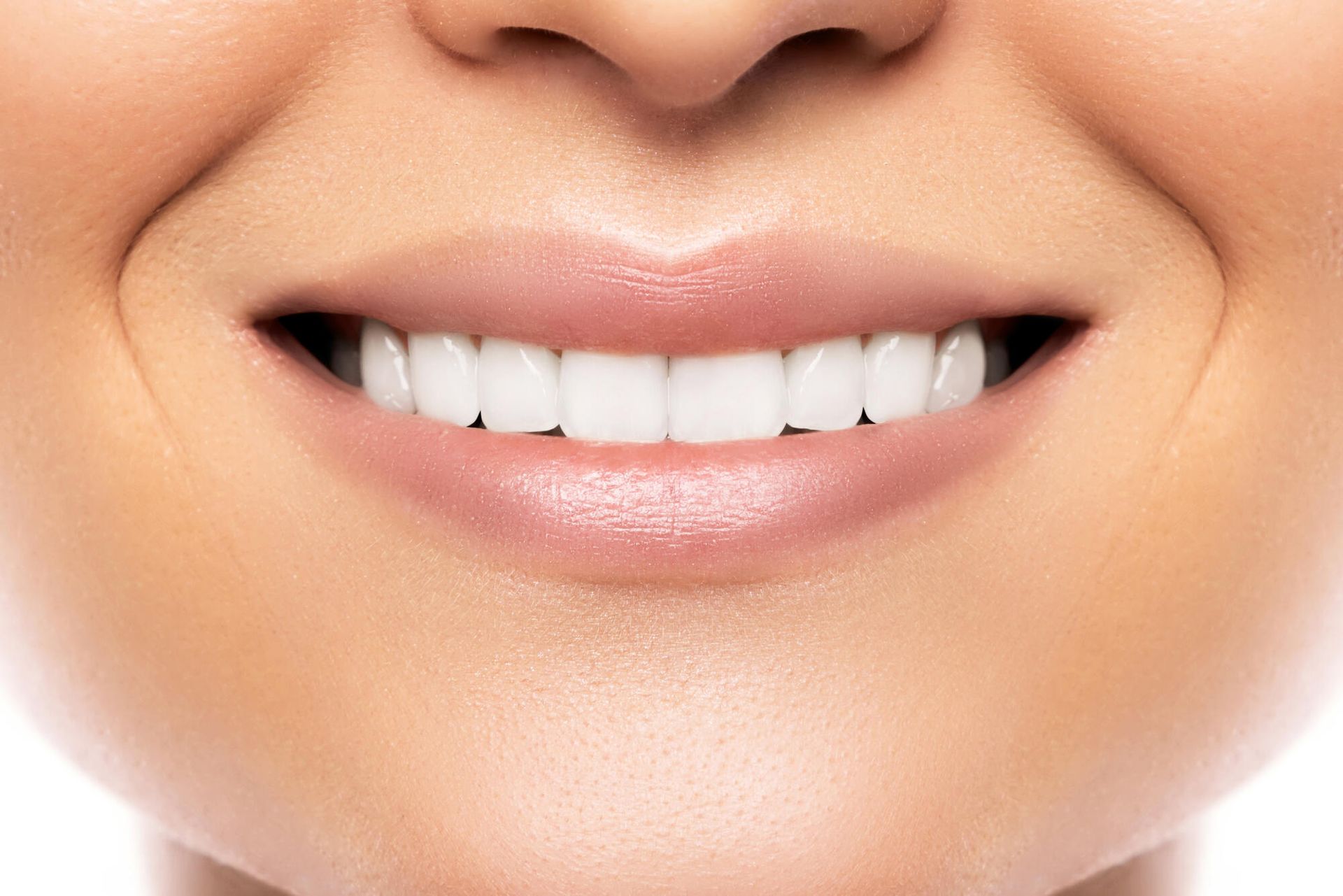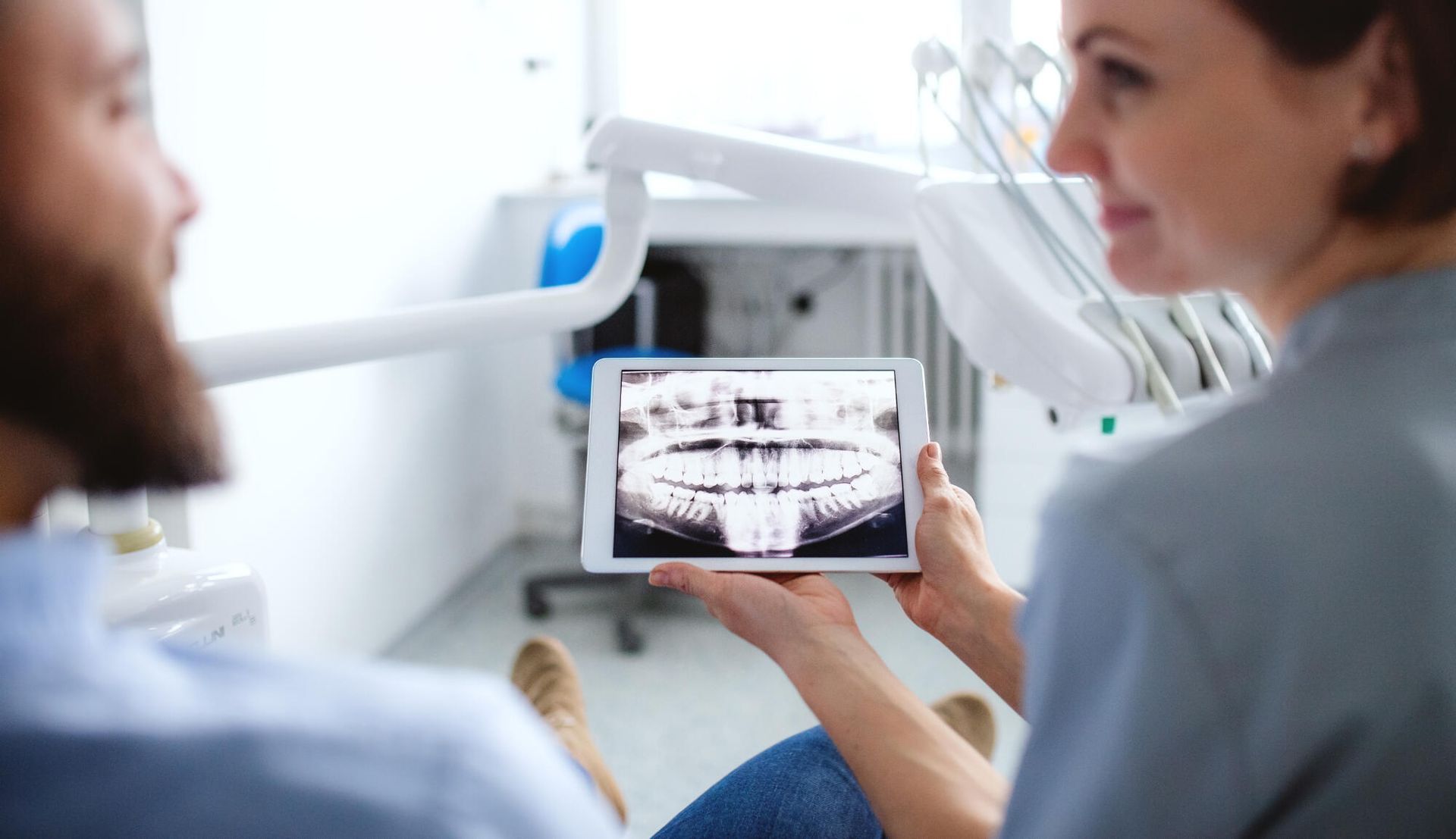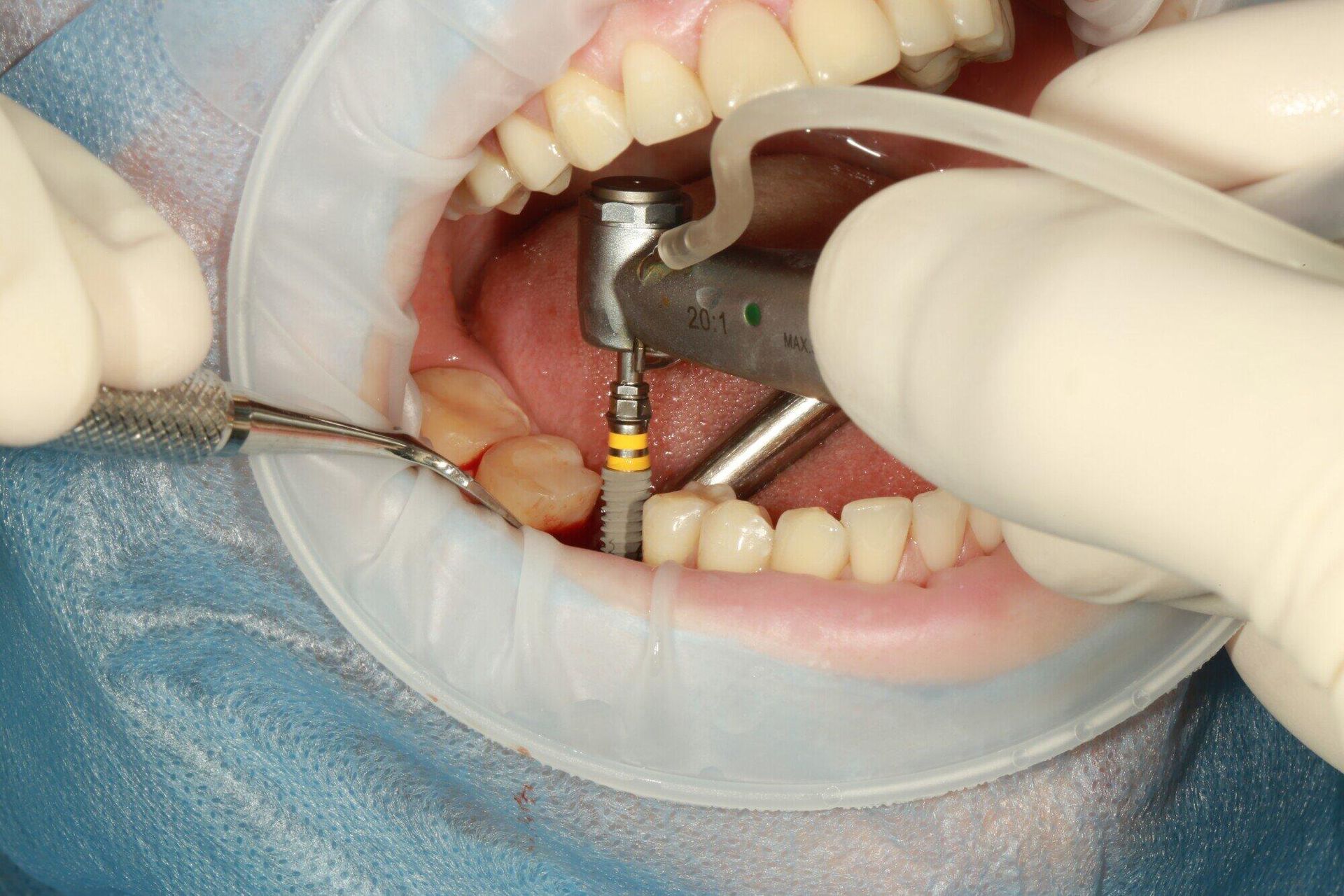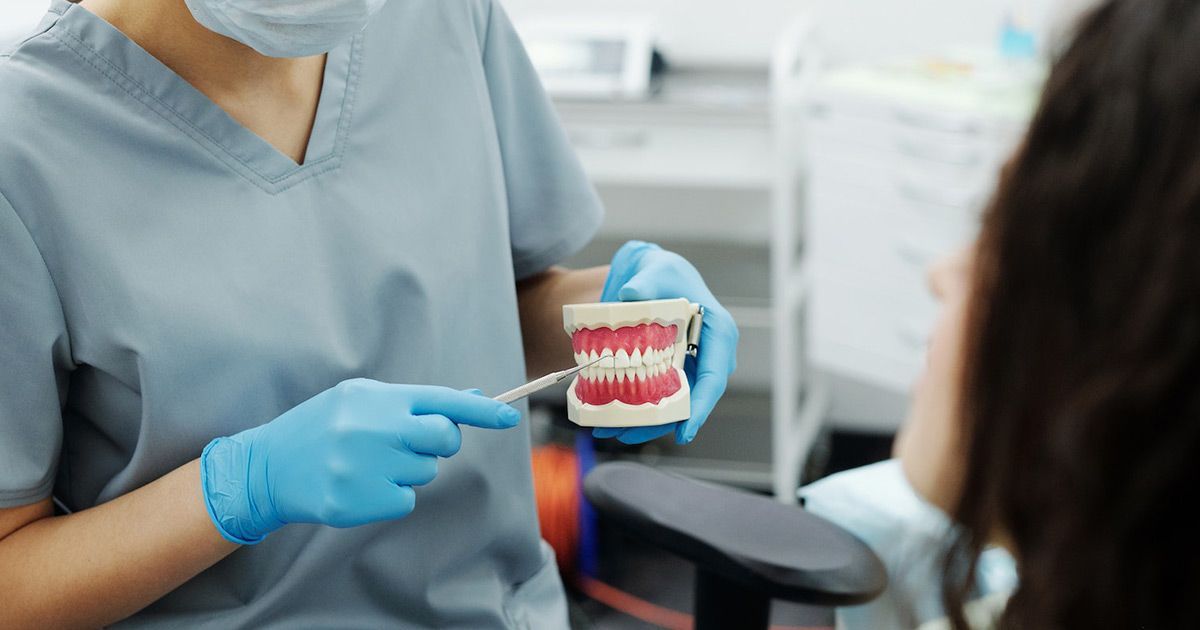What Are Tooth Extractions? Everything You Need to Know.
If you are scheduled for a tooth extraction, this guide can help you understand the process. Here is everything you need to know about tooth extractions.
There are plenty of reasons to love your natural teeth: they’re ideal for biting and chewing, and they're a crucial part of your smile.
However, every now and then, we treat patients with conditions that mean at least one natural tooth has to go.
This removal process is called a “tooth extraction,” and it can actually be a great way to preserve your oral health when other options become impossible.
If you’re not sold on why a tooth removal can help—or what to expect from the process—here’s what you should know.
What Is a Tooth Extraction?
As mentioned above, a tooth extraction is an outpatient procedure in which a dentist removes a tooth from your mouth. This is also called “pulling a tooth.”
Using specialized dental tools, your dentist will loosen the gum tissue around the tooth. In some cases, they may need to make cuts in the tissue. This allows them to pull the tooth from your gums.
During a simple extraction, a dentist will provide local anesthesia to numb the gum tissue surrounding the tooth to be pulled. This means you’ll only feel pressure during the procedure. During a surgical extraction, you’ll have both local and intravenous anesthesia to help you feel relaxed, and you may also get general anesthesia to allow you to sleep during surgery.
When Do You Need a Tooth Extraction?
Your dentist will always try to save your natural teeth whenever possible. Less invasive options like fillings and crowns are the first choice when it comes to treating damage or decay.
However, getting a tooth extraction may sometimes be the key to improving dental health. If a natural tooth is in a condition that makes it impossible to save, your dentist may recommend removal. Here are a few conditions that make it more likely that you’ll need an extraction:
- Severe infection
- Extensive decay or gum disease
- Impacted wisdom teeth
- Fractured teeth
- Overcrowded teeth
- Tooth luxation, or trauma around the tissues, bone, and ligaments of the tooth
- Baby teeth that haven’t fallen out in time for adult teeth to push through
Again, the team at
Central Dental Associates will provide advice and recommendations depending on your condition, so reach out to us if you're struggling with any of the issues above.
What Are the Benefits of Tooth Extractions?
No one likes to hear that they’ll need to undergo a dental procedure, but it’s worth remembering that getting a problematic tooth pulled is always for the best. Consider some of the benefits of this last resort:
Pain Relief
If you’ve visited your dentist for help with severe pain, tooth extraction may be your best solution. This is especially true if you’re struggling with an infection that has reached the roots of your teeth, or if you’ve had an accident that caused trauma to the tooth in question.
Protection for Other Teeth
Often, dentists opt to pull a tooth in order to protect the surrounding tooth from possible harm. In cases involving infection, pulling a tooth early can prevent the disease from spreading to neighboring teeth—or worse, into your body. A dentist may also recommend an extraction to keep surrounding teeth from overcrowding, which can be harmful in the long term.
Removing the Problem
In the case of an impacted tooth or a tooth infection, the only solution to the problem may be an extraction. This becomes the case for conditions that are both severe and irreversible.
Creating a Healthier Smile
Once your dentist has pulled a problematic tooth, the result is a healthier, more functional smile. You’ll be able to use your teeth to talk, eat, and drink as normal again, and you’ll also walk away with a more aesthetically pleasing smile.
What Should You Know About Preparing for Tooth Extractions?
If your dentist has recommended a tooth extraction, you’ll want to take a few simple steps to prepare.
First, be sure to ask your dentist any questions you may have. They can help you understand what to expect from the tooth extraction cost, what to expect from the procedure itself, and how long it will take to recover. You’ll also want to share your medical history with them, especially if you have any allergies or health conditions.
You’ll also want to talk to them about the types of anesthesia available to you. They may recommend one option over another depending on the location of the extraction and the severity of your condition.
Avoid eating a few hours before your procedure, though you’ll want to drink plenty of water. Don’t forget to get a loved one to transport you back home after the procedure, as the anesthesia may take time to wear off.
Be sure to also follow any additional instructions your dentist provides you as well.
What Should You Expect From Your Tooth Extraction Recovery?
After the procedure is finished, it’s time to jump-start the healing process with proper aftercare. As we’ve stated above, you’ll want to follow any specific instructions your dentist offers. However, here are a few general recommendations.
Take your painkillers as prescribed. To treat additional pain, put an ice pack on the affected area off and on for just a few minutes at a time: any longer may actually slow the healing process.
Don’t remove the gauze pad over your teeth for around three or four hours, and don’t spit, rinse, or use a straw at all until the next day after the procedure. You should also try to rest and limit your activity for a few days after your procedure.
Contact a Dentist in Cicero, IL
If you’re worried that you might need a tooth extraction, don’t struggle with pain on your own! Contacting an expert dentist in Cicero, IL can help set your mind at ease.
Here at Central Dental Associates, our team takes pride in offering extraordinary dental care to patients throughout the area. If you need intensive treatment like an extraction, request an appointment today to learn how we can help.


